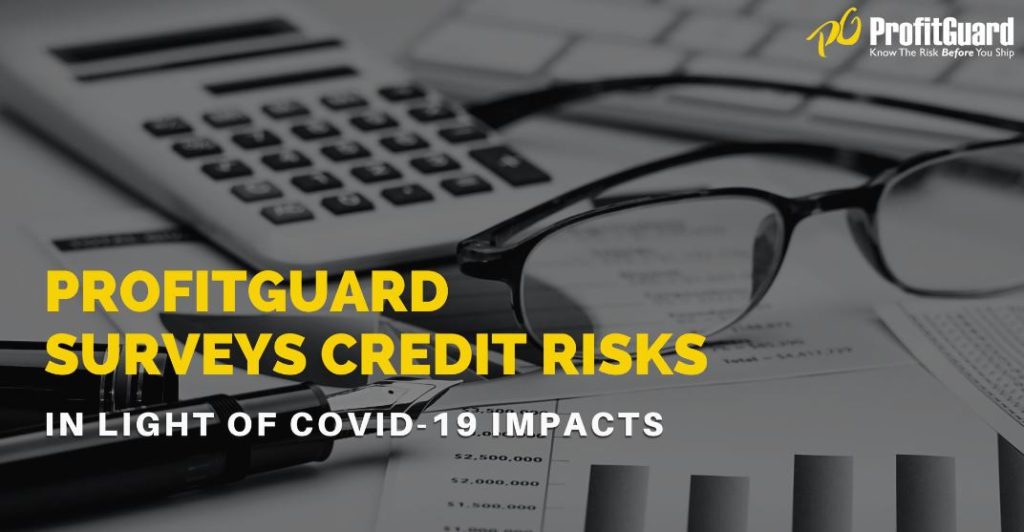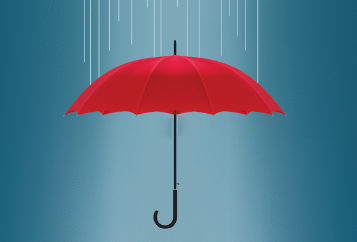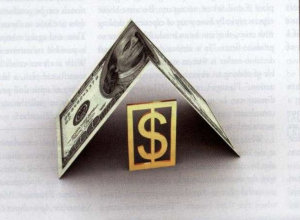In January, Michael A. Lazarus found himself in a bit of a sales dilemma. He wanted to take on several new, major customers for his fabricated steel distribution business, Millennium Metal Corp., of Chicago. But he worried about the scale of the sales and his ability to withstand a major financial hit if one of the new customers suddenly crumbled and couldn’t pay.
“It wasn’t an amount I was comfortable putting out there on my own, and somewhere along the line, somebody said, ‘Look into accounts receivable insurance.’ It was the perfect service to let me take on sales I would have been hesitant to take on otherwise.”
With the credit insurance underwriter performing more thorough due diligence than Lazarus figures he could have accomplished on his own with standard credit reports, plus the policy itself, Lazarus’ fears eased. He made the sales, and now he’s a credit insurance fan.
There’s no shortage of worries in today’s business climate: the limping economy, fear of war and its economic aftermath, a never-ending litany of headlines trumpeting sudden failures of well-established businesses. Most business owners aren’t wondering if some sort of disaster will hit them, but when.
In 2001, when the economy was hit with the one-two punch of the gathering momentum of the current recession and the Sept. 11 terrorist attacks, credit insurance wasn’t on the radar screen of most corporate executives.
It is now. “The huge collapses in corporate America have opened (companies’) about the risks that there are out there nowadays. Your largest customer may not be as solid as everyone assumes it to be,” says Arjan van de Wall, vice president, marketing and sales, for Gerling NCM Credit Insurance Inc., based in Baltimore.
There’s so much free-floating distrust that even companies with stellar payment records and credit histories are getting the gimlet eye from risk managers. Increasingly, companies aren’t willing to rely on just the time-tested norms because it seems that nothing is normal these days.
Underwriters report that business inquiries are up dramatically, especially in the past eight months. Of course, not all those inquiries result in new policies. Many companies wait until the situation they’re concerned about has deteriorated irretrievably before trying to get insurance for their receivables. Insurance executives view this as the business equivalent of “please insure my burning barn” and, of course, don’t write those policies.
It’s just about impossible to get insurance to cover outstanding credit extended to customers in the telecommunications industry, airlines, and some portions of the high tech sector. Of course, any industry that would clearly be hurt by the prospect of war was uninsurable in the first quarter of 2003.
Still, a good portion of those inquiries result in fresh business, even though credit insurance rates have gone up 15% to 30% in the past two years, due to the overall economic malaise. American business executives are starting to get the hang of what credit insurance is all about.
Though it’s hard these days to justify any new expense to corporate budgets, financial managers have still been able to persuade their executive colleagues to approve the cost of credit insurance policies, says Victor Sandy, executive vice president of Global Commercial Credit, an insurance agency
Fear is the driving force. “A lot of companies are feeling pressure on their margins very hit, it takes that much more in sales volume to recover,” he says. “It makes sense to take that risk off your books.”
With most companies on the defensive, credit insurance provides an extra layer of protection that calms jittery bankers and investors, too. The cost of credit insurance can be offset when the policy is presented as evidence of reduced exposure to lenders. “A lot of companies can use it to adjust their cost of funds. It’s not just a passive risk hedge,” says Sandy.
Chronic, widespread economic distress is irrevocably repositioning credit insurance at many corporations from an as-needed service to a usually needed service, says Peter L. Aitken, vice president, Trade Credit Chubb Group of Insurance Companies, based in Warren, NJ “It’s now a mindset,” he says. “Companies are looking at a credit risk as something that they need to pay attention to, rather than looking at individual cases or only when things get bad. The attitude is, ‘We’ve got to find things to regularly and collectively protect this asset.’ ”
Chubb is best known for writing policies on entire accounts receivable portfolios, but much of its recent growth stems from its willingness to tailor a policy to reflect a company’s biggest worries. That might mean blending a blanket policy with policies written to cover specific situations or companies, explains Aitken.
As well, Chubb has found that getting the word out through its network of independent insurance brokers, which carry its property and casualty lines, has been remarkably effective. Companies that may have been reluctant or uninformed about pursuing a specialty insurance underwriter are very open to adding credit insurance to their existing Chubb policies, he says.
Things are even better at Euler Hermes ACI, based in Baltimore, where new business for the first two months of 2003 was double that for the first two months of 2002, reports Joseph A. Ketzner, executive vice president. Bigger companies are leading the pack, reports Ketzner, motivated by the spectacular crash-and-burn scenarios of K-Mart, WorldCom, and numerous high-profile tech companies. It can take as long as 24 months for bad credit implications to ripple through a supply chain all the way to the end. While that’s happening, companies watch nervously to see who goes down and who survives.
They can do more than cross their fingers Euler, like other underwriters, is getting more involved in daily risk management, which gives client companies the chance to react to unfolding events instead of just close their eyes and pray.
“Pure risk transfer is the end game,” says Ketzner. He cites Euler’s ability to shield K-Mart suppliers as a case in point. “My success with K-Mart is not just in the claims I paid out, which was in the eight figures. It’s really my ability to reposition my clients’ total exposure, which was nine figures in August through October 2001, to a much lower position by the time K-Mart failed in January 2002. Once the bankruptcy occurred, we took over all the bankruptcy management for them. The leverage we have, (representing) 150 policyholders involved in K-Mart, made ACI the largest unsecured creditor that K-Mart has. We’re not only on the creditors’ committee, but we’re chairman now, those policyholders have exceptional leverage.”
Credit insurers are getting upbeat about the economy over all, and that’s good news for everybody. When companies are once again ratcheting up their sales projections, but are cash-poor and hesitant to put too much stock in new customers’ own optimistic forecasts, they often call in credit insurers. Underwriters say that they know a full-fledged boom is underway when their client companies ease up on policies because they believe that they can absorb the occasional loss.
“For us, when the economy is down, people don’t want to spend the money,” says Daniel Boccara, chief executive of Coface North America, based in New York. “When the economy is picking up again, companies realize that they can afford to subscribe – it means that people are taking calculated risks.”
Another round of frightening, out-of-the-blue bankruptcies would drive home the point, but Ketzner says that he and all underwriters are striving to convert headline-induced sales to long-term client relationships.
“When you concentrate on the ancillary value you bring to help improve the business cost structure and improve the bottom line, that’s what you want to get to the crux of,” he says. “Then they will buy the product for the right reasons and remain with you indefinitely. If the policyholder simply buys the policy because they have an impending K-mart, what will happen? They will get rid of you as soon as the crisis is over. Fear selling is the last way we’ll sell a policy.”
He concurs with Boccara that a fledgling recovery sets the stage for a boom in credit insurance, as hopeful but nervous companies want to stretch their sales capacity – with a safety net. “Everyone is sell, sell, sell and they’ve created a much higher risk scenario than when they were hunkering down and cutting operations,” says Ketzner. “Any pebble they stumble on could throw them into bankruptcy.”
There are a few signs from underwriters that could signal an upturn.
Ketzner says that the credit in the tech sector has stabilized, as there’s finally enough payment history through tough times for insurers to make calculated risks and write policies. Gerling is seeing a recent up-tick of about 15% in its sales.
“The expense is an easier case to make in today’s environment,” adds Chubb’s Aitken. “The potential loss compared to the premium, that’s an easy decision.”
Copyright 2003 Thomson Media Inc. All Rights Reserved.
http://www.thomsonmedia.com
http://www.creditcollectionsworld.com













